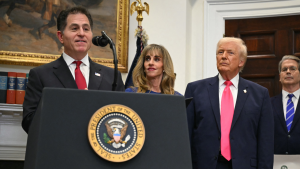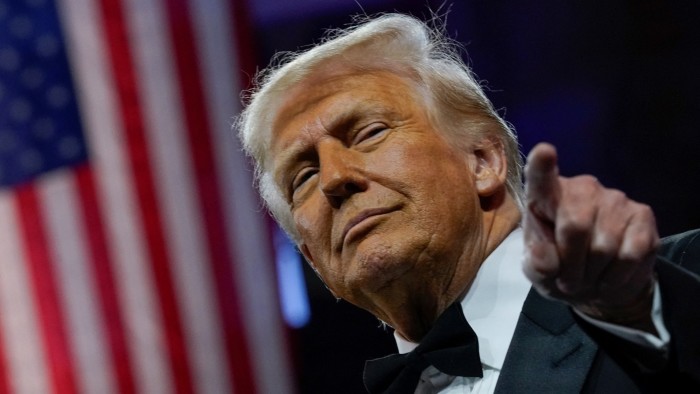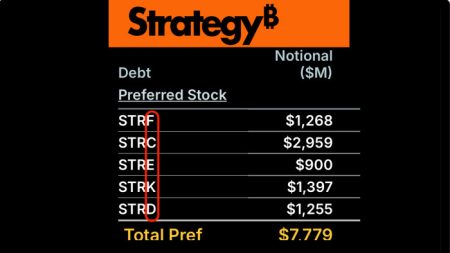Unlock the White House Watch newsletter for free
Your guide to what the 2024 US election means for Washington and the world
Donald Trump has pushed the world into a full-blown trade war, defying market turmoil as sweeping tariffs against dozens of US trading partners come into effect.
With no last-minute reprieve from the White House, the president’s so-called reciprocal tariffs came into force at midnight in Washington on Wednesday. They include a 104 per cent levy on China that will slash trade between the world’s two largest economies.
The tariffs mark a profound reversal of decades of liberalisation in the world economy and will — if sustained — lead to a complete reshaping of global trade patterns.
Markets extended a rout that began when Trump announced the duties on “liberation day” last week. US Treasury yields jumped while the dollar, European stocks and oil prices all fell.
The historic decision to impose tariffs caps the aggressive trade policy Trump has pursued since returning to office, as the US president tries to remake a global economic order he says has “ripped off” America for decades.
White House officials, including Treasury secretary Scott Bessent, have sought to talk up possible trade negotiations with South Korea, Japan and other countries. The message had given hope to investors that Trump could soften his stance after pressure from billionaire allies, trading partners and Republicans in Congress.
At a fundraising event for Republicans in Congress on Tuesday night, Trump struck a defiant tone, saying other countries “want to make a deal with us” but the US did not “necessarily” need any agreements and was “happy the way we are”. He added: “I know what the hell I’m doing.”
In a post on Truth Social late on Tuesday, Trump said he was “proud to be the president for the workers, not the outsourcers; the President who stands up for Main Street, not Wall Street”.
But the decision to push ahead with the tariffs has sparked fears of a recession and spiralling inflation in the US, as well as a severe slowdown in the global economy.
“Our estimates of ‘shocks’ to market views using the joint movements of US equities and bonds are consistent with a large downgrade to US growth views,” analysts at Goldman Sachs noted.
The 10-year US Treasury yield jumped 0.12 percentage points to 4.38 per cent.
The Stoxx Europe 600 dropped 2.2 per cent in early trading on Wednesday. Futures tracking the S&P 500 fell as much as 3 per cent before recovering to trade 0.1 per cent lower. About $6.2tn in market value has been wiped from the S&P 500 since “liberation day”.
Oil prices extended their decline as investors braced for a potential recession. Brent crude, the international benchmark, fell 2.6 per cent to $61.20 a barrel. West Texas Intermediate, the US benchmark, fell 2.9 per cent to $57.87.
The dollar was down 1 per cent against a basket of other major currencies.
The blitz of measures has also pushed America’s effective tariff rate to the highest in more than a century, according to rating agency Fitch.
The president’s determination to follow through with his ultra-protectionist tariffs has drawn a fierce backlash from Wall Street, business leaders and some Republican lawmakers.
The trade war has opened divisions within Trump’s own circle. While Bessent has described his plan to launch talks with Japan over a new trade deal, Trump’s trade tsar Peter Navarro wrote in the Financial Times that the president’s position was “not a negotiation”.
Elon Musk, the technology billionaire and Trump adviser, on Tuesday attacked Navarro, calling him a “moron” and “dumber than a sack of bricks” after Navarro suggested that the Tesla boss’s opposition to tariffs was self-interested.
China on Wednesday signalled a willingness to talk to the US, in a report on trade, hours ahead of its own retaliatory tariffs coming into effect.
Additional reporting by William Sandlund in Hong Kong
Read the full article here













